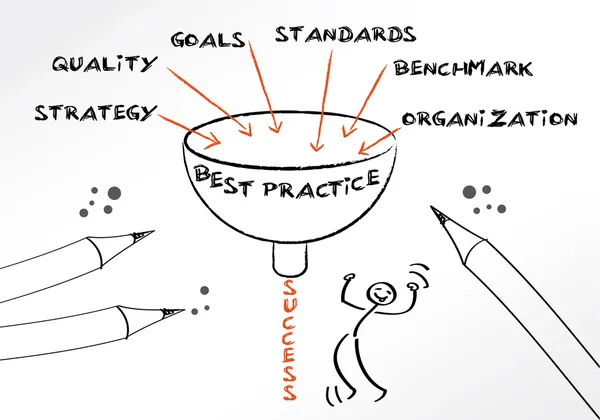How to Use Competition to Increase Participation in Peer-to-Peer Fundraisers
Fundraising, particularly in the peer-to-peer (P2P) domain, is a critical endeavor for numerous organizations, including schools, non-profits, and community groups. However, a perennial challenge remains: How do you motivate participants and sustain their engagement throughout the fundraising process? One effective strategy is leveraging the natural human inclination towards competition.
In this detailed exploration, we delve into the mechanics of utilizing competition to boost participation in a P2P fundraiser, specifically through the lens of innovative platforms like Cookbookfundraiser.com. This platform exemplifies how technology can be harnessed to not only streamline participation but also to invigorate it through competitive structures.
The Challenge of Engagement
At the core of P2P fundraising is the mobilization of individuals to leverage their networks for raising funds. Despite the straightforwardness of the concept, maintaining participant motivation is complex. Often, the initial enthusiasm wanes as the fundraiser progresses, leading to diminished returns.
Cookbookfundraiser.com addresses this challenge head-on by automating the most labor-intensive aspects of participation, such as contacting friends and family, and creating personal fundraising webpages. This reduction in manual effort lowers the barriers to sustained engagement.
The Power of Competition
Incorporating competition into fundraising taps into a fundamental aspect of human behavior: our desire to excel and be recognized for our achievements. Structuring a fundraiser around competitive elements can transform it from a solitary endeavor into a dynamic, team-based challenge.
1. Segmentation into Teams
Segmenting participants into teams is a foundational step. This can be naturally structured around existing group divisions, such as grades in a school or ranks in a scouting organization. By doing so, participants aren’t just raising funds; they’re contributing to a collective effort, enhancing their sense of purpose and belonging.
2. Incentivizing Participation
The prospect of a tangible reward significantly heightens interest and participation. Rewards don’t have to be extravagant. A pizza party for a winning school grade or a special badge for scouts can be highly motivating. The key is to align the reward with the participants’ interests and values.
3. Leveraging Technology
Platforms like Cookbookfundraiser.com play a pivotal role by offering tools that simplify the segmentation into teams and the tracking of each team’s progress. Its ability to showcase leaderboards in real-time adds an exciting, competitive edge, encouraging participants to ramp up their efforts.
4. Automating Communication
One of the standout features of such platforms is the automation of communications. Reminders, encouragement, and updates can be systematically sent out, keeping the momentum going. This automation ensures that the enthusiasm sparked by competition is continuously fueled.
Best Practices for Using Competition in Fundraising
While the competitive approach is potent, its success hinges on how it’s implemented. Here are some best practices:
- Transparency in Rules and Goals: Clearly outline how the competition works, what the goals are, and how winners will be determined. This clarity prevents misunderstandings and maintains fairness.
- Regular Updates: Keep the competitive spirit alive by providing regular updates on team standings. This can be through automated emails, social media posts, or updates on the fundraising platform.
- Encourage Team Identity: Allow teams to personalize their pages or profiles. A sense of identity and pride can significantly boost team spirit and, by extension, fundraising efforts.
- Focus on Inclusivity: Ensure that the competition doesn’t alienate or discourage participation. The goal is to enhance the fundraising experience, not to create undue pressure.
- Celebrate All Contributions: While competition focuses on outperforming peers, it’s crucial to recognize and celebrate all contributions, regardless of size. This fosters a positive, inclusive environment.
Conclusion
The use of competition in P2P fundraising, facilitated by platforms like Cookbookfundraiser.com, represents a strategic approach to overcoming the challenges of participant motivation and engagement. By tapping into the competitive spirit, organizers can not only enhance the fundraising experience but also significantly increase the funds raised for their cause.
In embracing this approach, it’s vital to maintain a balance between competitive drive and communal goals. Ultimately, the success of a fundraiser is measured not just by the funds raised but also by the positive experiences and bonds it fosters among its participants.
Bill Rice is the Co-Publisher of Family Cookbook Project and CookbookFundraiser.com which helps individuals, churches, schools, teams and other fundraising groups create cherished personalized cookbooks using peer-to-peer tools and the power of the Internet to meet group funding needs Follow Family Cookbook Project on Facebook, Instagram, Twitter, TikTok, YouTube and Pinterest!







